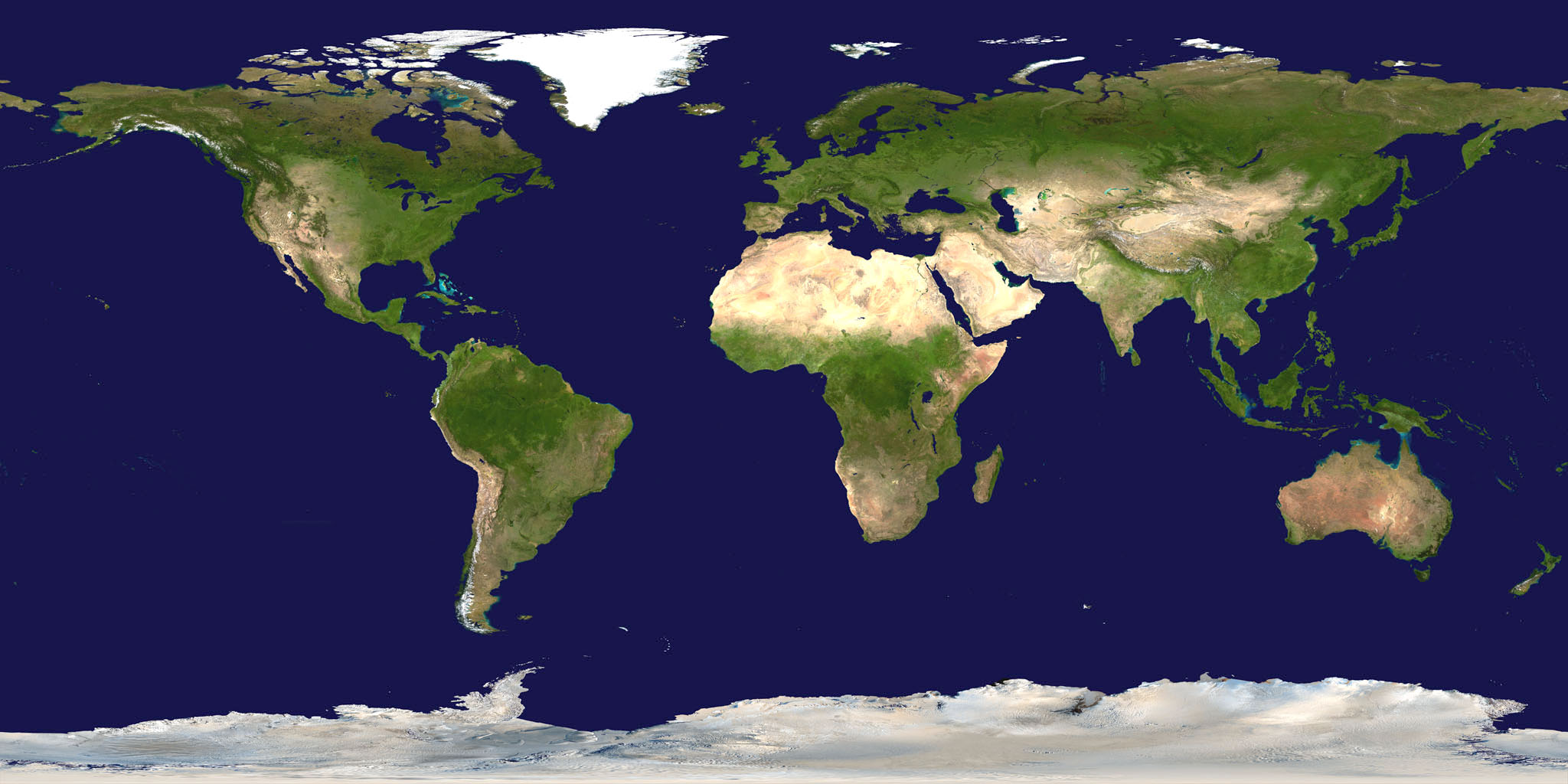


Phenomena: Lakes, Coasts, Ice
Satellites: Joint Polar Satellite System (NOAA-21)
Product: True Color
Instrument: Visible Infrared Imaging Radiometer Suite (VIIRS)
Date: March 10, 2025
On March 10, 2025, the NOAA-21 satellite captured this stunning view of lake ice covering parts of Lake Erie. In this image, ice in Lake Erie, Lake St. Clair and southern Lake Huron appear as white patches surrounded by the darker lake colors. In contrast to the dark brown land surrounding the lake, the NOAA-21 satellite also caught the white snow on the ground southeast of Lake Erie and in southern portions of Ontario, Canada.
According to NOAA’s Great Lakes Environmental Research Laboratory (GLERL), more than 30% of Lake Erie was covered by ice when this image was taken, with the Great Lakes as a whole seeing about 17.3% ice coverage.
This True Color imagery displays the Earth in colors similar to what we might see with our own eyes, helping to quickly distinguish an array of surface types and atmospheric features. It does this by primarily utilizing a combination of the three channels that are sensitive to red, green, and blue visible light, but some information from the near infrared is included to improve the color of green vegetation.
NOAA’s Joint Polar Satellite System is the Nation’s advanced series of polar-orbiting environmental satellites, currently comprising Suomi NPP, NOAA-20 and NOAA-21. JPSS represents significant technological and scientific advancements in observations used for severe weather prediction and environmental monitoring. These data are critical to the timeliness and accuracy of forecasts three to seven days in advance of a severe weather event. JPSS is a collaborative effort between NOAA and NASA.
